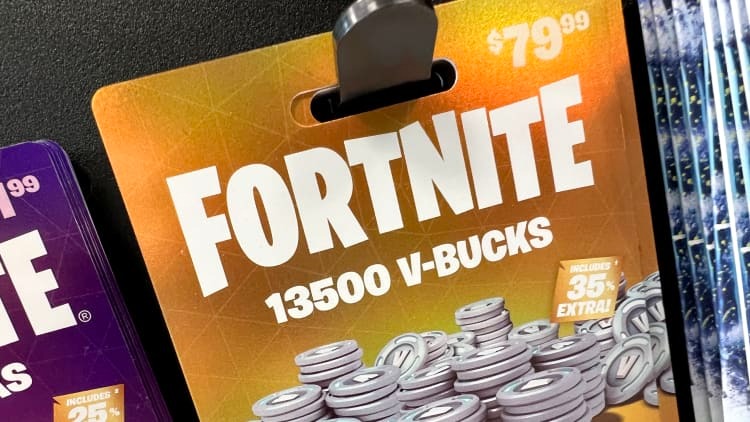The video game industry, a titan of entertainment, achieved a monumental global valuation of $183 billion in 2023, with expectations set for continued upward trajectory. This growth, however, shines a spotlight on a pervasive and divisive element within gaming culture: microtransactions. These in-game purchases, while a boon for developers, have stirred considerable debate among the gaming community.
The Essence of Microtransactions
Microtransactions represent the ability to purchase additional in-game content, ranging from cosmetic items to gameplay enhancements. This model allows for a continual revenue stream beyond the initial sale, catering to the free-to-play market and offering players customization options. Yet, this system is not without its critics.
Why Developers Embrace Microtransactions
From a business perspective, microtransactions offer several appealing advantages:
- Sustained Revenue: They provide a method for developers to monetize a game long after its release, enhancing profitability.
- Expansion of Audience: The free-to-play model, supported by microtransactions, can attract a broader player base, including those reluctant to make an upfront purchase.
- Player Customization: These transactions allow players to tailor their gaming experience, adding a personal touch to their gameplay.

The Dark Side of Microtransactions
Despite their advantages, microtransactions harbor significant disadvantages that have fueled gamer discontent:
- Pay-to-Win Mechanics: Microtransactions can sometimes offer competitive advantages, leading to an uneven playing field where financial investment rather than skill determines success.
- Predatory Tactics: Certain games might employ manipulative strategies to encourage spending, often targeting younger or more vulnerable players.
- Cumulative Costs: The ongoing expenses for in-game items can accumulate, causing players to spend more than anticipated for a complete experience.
The Ongoing Debate
The discourse surrounding microtransactions is complex, with developers citing economic viability and players decrying the erosion of fair play and game quality. Striking a balance between revenue generation and a fair, enjoyable gaming experience poses an ongoing challenge for the industry.
Towards Potential Resolutions
- Transparency and Disclosure: Providing clear information regarding microtransactions, including the odds of receiving items from loot boxes, can empower players to make informed decisions.
- Regulatory Oversight: Government intervention could curtail predatory practices, ensuring ethical implementation of microtransactions.
- Emphasis on Core Gameplay: Focusing on creating compelling, standalone game experiences may reduce the need for microtransactions to sustain player engagement.
Looking Ahead: The Future of Microtransactions
The presence of microtransactions in video games is likely a permanent fixture. However, their implementation and impact on player experience remain critical areas for scrutiny. As the industry progresses, it will be crucial to find innovative ways to incorporate microtransactions that support developers’ needs without undermining the integrity of the gaming experience. Balancing economic interests with ethical considerations and player satisfaction will be paramount in evolving the video game industry into a space that continues to captivate and entertain on fair and engaging terms.










Add Comment